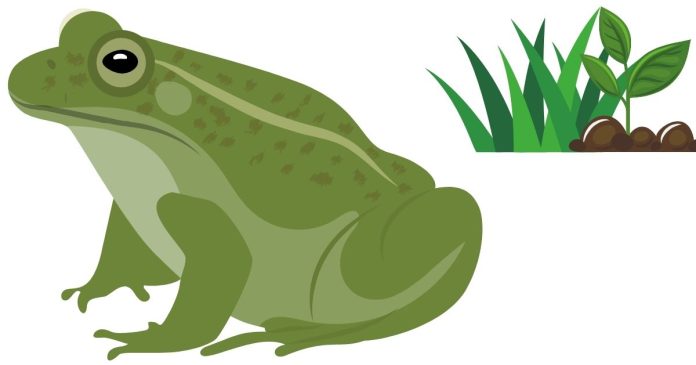Frogs are primarily carnivorous, meaning they mainly eat animal matter, but their diet can vary based on their species, environment, and developmental stage. While frogs do not typically eat plants or grass as a primary food source, there are some important nuances when considering their diet:
1. Carnivorous Diet (Adult Frogs)
Most adult frogs are insectivores, meaning their primary diet consists of small animals, particularly:
- Insects (e.g., flies, mosquitoes, beetles, and moths)
- Spiders
- Worms
- Small fish
- Other invertebrates (such as snails and slugs)
- Small amphibians (in some cases)
Frogs hunt by using their long, sticky tongues to catch prey. They often hunt at night (nocturnal feeding) and are generally opportunistic feeders, eating whatever is available and fits in their mouths.
2. Some Amphibians May Eat Plant Matter (Mostly Tadpoles)
While adult frogs are carnivorous, tadpoles (the larval stage of frogs) have a different diet. At this stage, they are mostly herbivorous or omnivorous, feeding on:
- Algae (green and other types)
- Decaying plant matter
- Aquatic plants (depending on the species)
As tadpoles mature, their diet may shift to include small invertebrates, and they gradually become more carnivorous, much like their adult counterparts.
3. Occasional Plant Matter Consumption
While it’s rare for adult frogs to eat plants, there are occasional exceptions:
- Frog species in unusual environments might eat plant matter incidentally. For example, if an insect is resting on a plant and the frog catches the insect, it might consume some of the plant material along with the insect.
- Some frogs, particularly those in rainforest environments, may eat small amounts of fruit or flowers, especially if those plants attract insects that the frogs are trying to catch. However, this is not their primary food source.
4. Frogs and Grass
In terms of grass, frogs don’t typically eat grass. While frogs may be found in grassy areas, their diet is focused on small invertebrates. Grass could play a role in providing shelter or a habitat for prey insects, which the frogs would then hunt. In some cases, frogs may shelter under grass or in the leaf litter near grass, but they do not graze on the grass itself.
5. Exceptions to the General Rule
A few frog species, like the African bullfrog, can exhibit more opportunistic or varied feeding habits. These frogs are known to sometimes eat small plant matter in addition to their regular carnivorous diet. However, this is relatively rare and not typical for most frogs.
Summary
- Adult frogs are mainly carnivores, eating insects, small animals, and other invertebrates.
- Tadpoles are often herbivores or omnivores, feeding on algae, aquatic plants, and decaying plant matter.
- Frogs may occasionally eat small amounts of plant material (like fruit or flowers) incidentally, but this is not their primary food source.
- Grass is not typically consumed by frogs, though they might live in or near grassy areas to find shelter or hunt prey.
In conclusion, while frogs are not known for eating plants or grass, their diet is largely determined by their life stage and species, with the majority of adult frogs focusing on a carnivorous diet.


